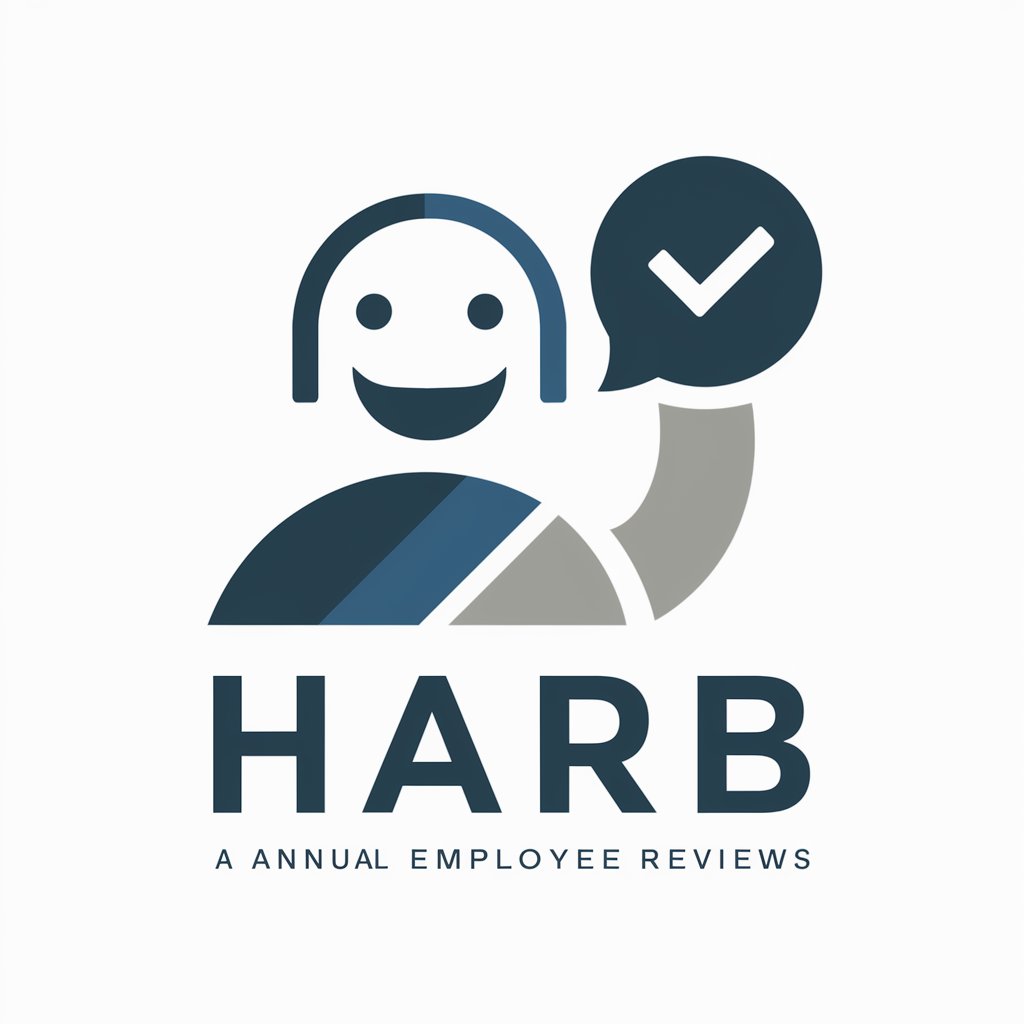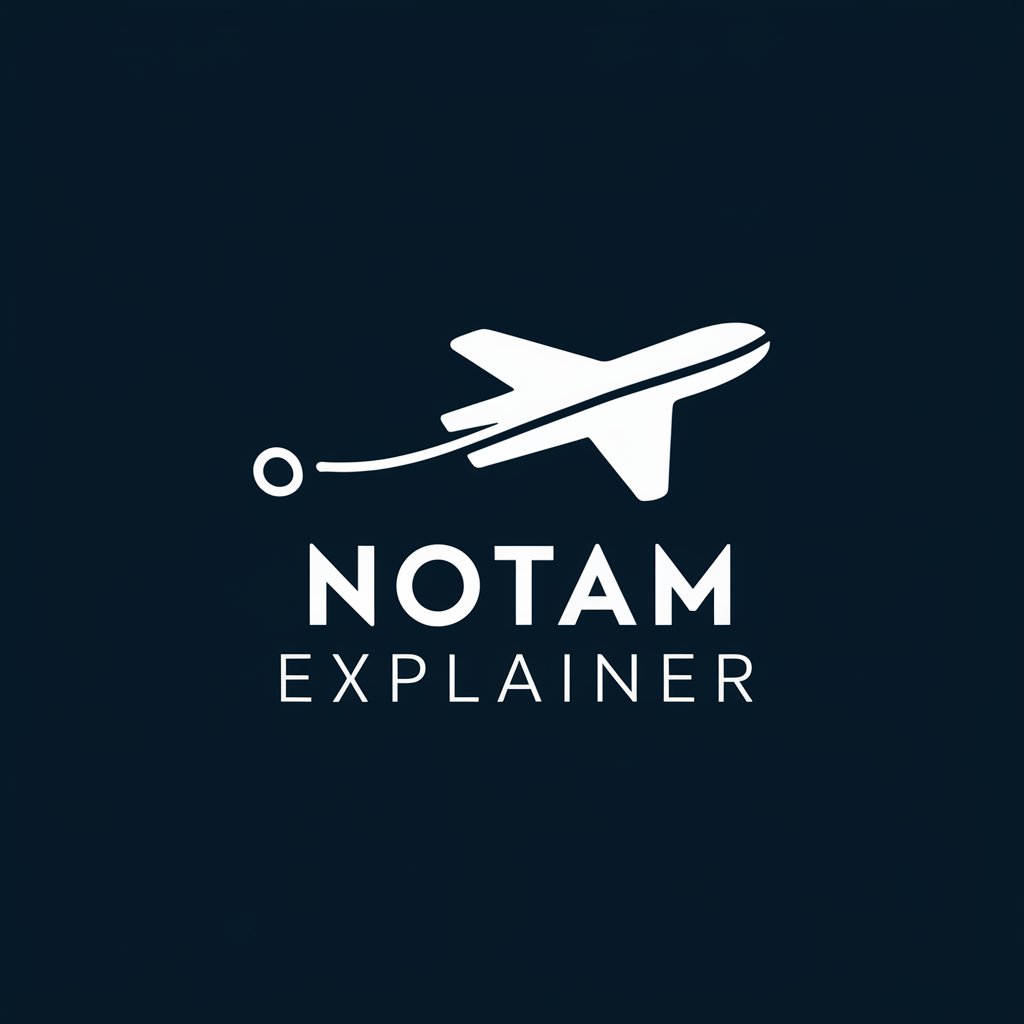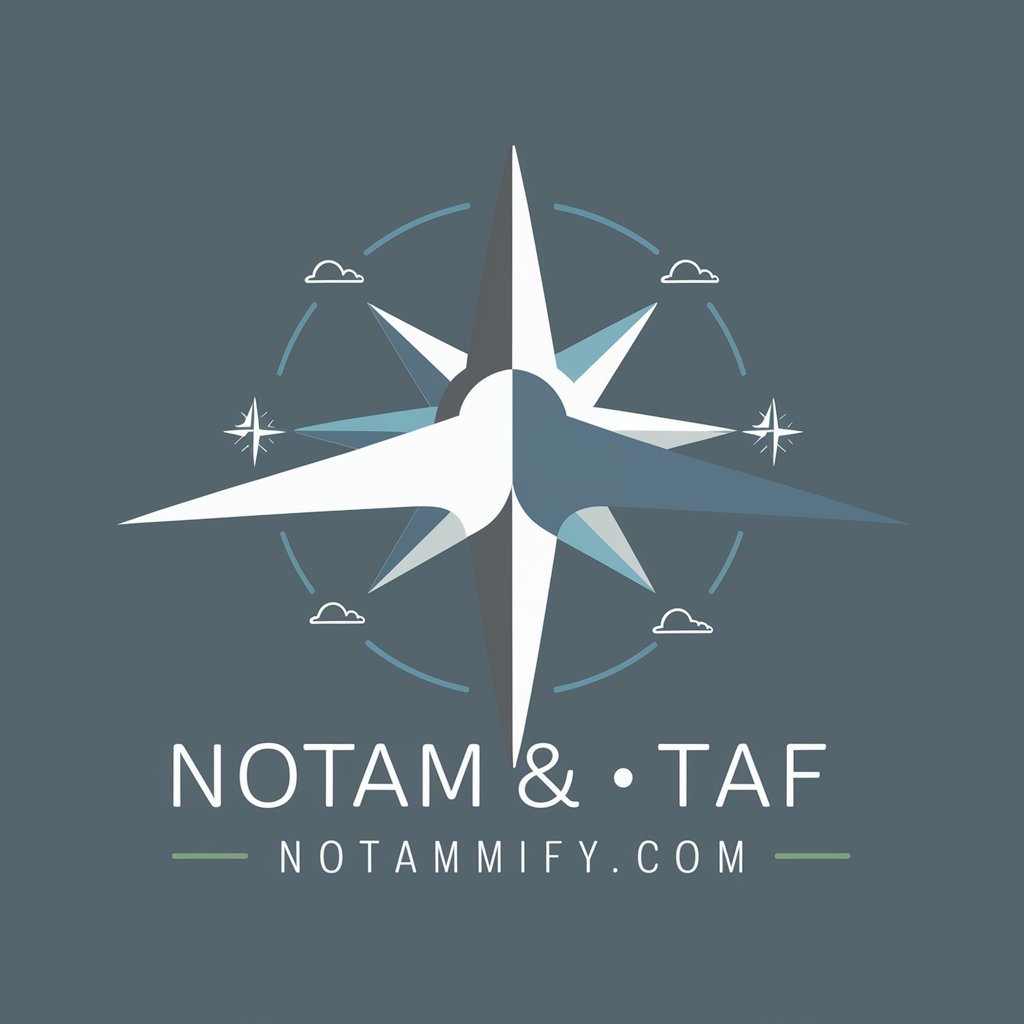Qualitative Insights - AI-powered tool for text analysis.

Hello! Ready to dive into qualitative analysis?
AI-driven insights from qualitative data.
How can I identify themes in my data?
What patterns are evident in these interview responses?
Can you help me code this qualitative data?
How should I present my qualitative findings?
Get Embed Code
Introduction to Qualitative Insights
Qualitative Insights is a specialized tool designed to analyze and interpret qualitative data, focusing on text-based materials such as interview transcripts, personal reflections, open-ended survey responses, and other narrative data. The purpose of Qualitative Insights is to assist users in identifying key themes, patterns, and insights from complex textual data, without relying on numerical or quantitative analysis. The system is engineered to facilitate deeper understanding by examining content for recurring concepts, emotional tone, and underlying narratives, offering interpretations that help guide research, organizational decisions, or personal reflection. For example, if a researcher conducts multiple interviews to explore how employees feel about workplace culture, Qualitative Insights can help them systematically review the text, highlight recurring sentiments (e.g., frustration with management or praise for team collaboration), and even uncover less obvious themes like implicit power dynamics or changes in language based on role or tenure. Powered by ChatGPT-4o。

Core Functions of Qualitative Insights
Thematic Analysis
Example
In an interview study with teachers discussing the challenges of remote learning, Qualitative Insights could analyze the transcripts to identify recurring themes like 'technology barriers,' 'student engagement,' and 'parental involvement.'
Scenario
A researcher is conducting an evaluation of a remote learning program. Using Qualitative Insights, they can identify and categorize themes across interview transcripts to better understand common issues and strengths related to remote education.
Sentiment Analysis
Example
If a company conducts an internal survey with open-ended responses about employee satisfaction, Qualitative Insights can assess the overall tone of the responses, detecting whether the general sentiment is positive, negative, or neutral.
Scenario
A company is trying to assess morale post-merger by analyzing feedback from employees. Qualitative Insights can process thousands of responses to gauge whether the sentiment leans towards dissatisfaction or contentment, and highlight key emotional drivers.
Pattern Recognition
Example
In analyzing social media posts from customers about a new product launch, Qualitative Insights can find patterns in frequently mentioned features, such as repeated praise for design but complaints about battery life.
Scenario
A marketing team is analyzing customer feedback on social media after the release of a new gadget. Qualitative Insights highlights common patterns—like enthusiasm for aesthetics but complaints about functionality—helping the team prioritize areas for improvement.
Content Categorization
Example
In a political campaign, volunteers might canvass neighborhoods and report back with feedback from voters. Qualitative Insights can categorize feedback into topics like healthcare, education, or local governance.
Scenario
During a political campaign, volunteers collect open-ended feedback from constituents. Qualitative Insights categorizes the feedback into pre-defined areas, allowing the campaign to adjust its messaging based on community concerns.
Narrative Structuring
Example
If analyzing a series of autobiographical essays from people overcoming adversity, Qualitative Insights can identify key narrative arcs, such as 'struggle,' 'breakthrough,' and 'growth.'
Scenario
A nonprofit is conducting a study on personal recovery stories from individuals dealing with addiction. Qualitative Insights helps them structure the narrative of each story, allowing them to present a cohesive set of common experiences and outcomes.
Target Users for Qualitative Insights
Academic Researchers
Academic researchers who work with qualitative data—such as sociologists, psychologists, and anthropologists—are prime users of Qualitative Insights. They frequently deal with large amounts of narrative data from interviews, field notes, and written responses. By using Qualitative Insights, they can systematically analyze these texts to uncover patterns, themes, and insights that would otherwise require extensive manual coding. For example, a sociologist studying urban poverty could use Qualitative Insights to process multiple interviews and identify key factors affecting community resilience.
Human Resources Professionals
Human Resources (HR) departments benefit from using Qualitative Insights when analyzing employee feedback, open-ended survey responses, or exit interviews. HR professionals often collect large amounts of qualitative data to understand the workplace culture or employee satisfaction. For instance, after conducting an employee engagement survey, Qualitative Insights helps HR quickly identify areas of concern—such as repeated issues with work-life balance or managerial communication—allowing them to address these issues more effectively.
Marketing and Customer Experience Teams
Marketing teams and customer experience departments frequently analyze customer feedback, reviews, and social media commentary. Qualitative Insights is ideal for identifying patterns in customer satisfaction, unmet needs, or emerging trends. For example, a customer experience team may use Qualitative Insights to sift through thousands of customer comments after a product launch to pinpoint recurring complaints or praise, enabling them to refine their strategies.
Nonprofit Organizations
Nonprofit organizations often collect stories and testimonials from their beneficiaries, donors, and staff. Qualitative Insights helps them analyze this data to understand impact, donor motivations, or service improvement areas. For instance, after a fundraising campaign, a nonprofit could use Qualitative Insights to analyze donor feedback, identifying the most compelling narratives that motivated contributions, thus shaping future campaigns.
Policy Analysts and Government Agencies
Policy analysts and government agencies often work with public comments, citizen feedback, or transcripts of hearings to shape policy decisions. By using Qualitative Insights, they can categorize and analyze large amounts of textual data, distilling it into actionable insights. For example, a city planning commission might use Qualitative Insights to process citizen feedback from public forums to identify key concerns about proposed infrastructure projects.

How to Use Qualitative Insights
Visit yeschat.ai for a free trial without login, also no need for ChatGPT Plus.
Begin by visiting the yeschat.ai platform, where you can access the free trial instantly, without any sign-up requirements or needing a premium subscription.
Identify your qualitative data needs.
Decide the kind of text analysis you require, such as analyzing interviews, conducting thematic research, or finding insights in user feedback. This will help you focus the tool’s capabilities effectively.
Upload or enter your data.
Enter the qualitative data you wish to analyze. This can include any form of textual information such as interview transcriptions, written documents, or survey responses.
Analyze patterns and themes.
Once the data is processed, review the insights provided. Look for recurring themes, sentiments, or other important patterns in the text.
Refine and apply findings.
Use the insights for your specific needs—whether it’s for academic research, business reports, or understanding customer sentiment. Tailor the analysis to support actionable outcomes.
Try other advanced and practical GPTs
OmniDev Quantum Mentor
Empowering Developers with AI-Driven Insights

GPT 6
Empowering creativity and problem-solving with AI.

Django Pintar
Unlock Django's full potential with AI

HARB
Empowering HR with AI

Embedded Code Tutor
Master Embedded Systems with AI

Collaborative Nursing Coach
AI-enhanced Clinical Decision Support

Quantum Reviewer
Your AI-powered quantum research assistant

NOTAM Assistant
Elevate Flight Safety with AI

NOTAM Explainer
Deciphering the skies with AI

NOTAM & TAF GPT | Notamify.com
AI-powered Aviation Briefing

$100m Offers GPT
Craft Irresistible Offers with AI Power

Extractor de Texto Central
Transforming documents into digital clarity

Qualitative Insights: Key Q&A
What types of data can Qualitative Insights analyze?
Qualitative Insights can process a wide range of textual data, including interview transcripts, focus group discussions, customer feedback, survey responses, essays, and open-ended questions. The tool focuses on identifying patterns, themes, and other qualitative aspects in the content.
How can I use Qualitative Insights in academic research?
In academic research, Qualitative Insights is particularly useful for analyzing qualitative data such as interview responses, case studies, or field notes. It helps researchers detect key themes, organize insights, and draw connections between different parts of the data to support their theses or findings.
Does Qualitative Insights offer real-time analysis?
Yes, once the data is input, the tool quickly processes the information and provides real-time insights. This enables you to make immediate decisions or refine your qualitative research based on timely feedback.
Can businesses use Qualitative Insights for customer feedback?
Absolutely. Businesses can utilize Qualitative Insights to analyze customer reviews, survey responses, and social media comments. This helps identify customer needs, pain points, and satisfaction levels, which can inform product development and customer experience strategies.
How does Qualitative Insights assist in thematic analysis?
Qualitative Insights is designed to efficiently identify recurring themes, patterns, and keywords within qualitative data. This feature helps in thematic analysis by allowing researchers to categorize and interpret data based on recurring concepts, simplifying the analysis process.
